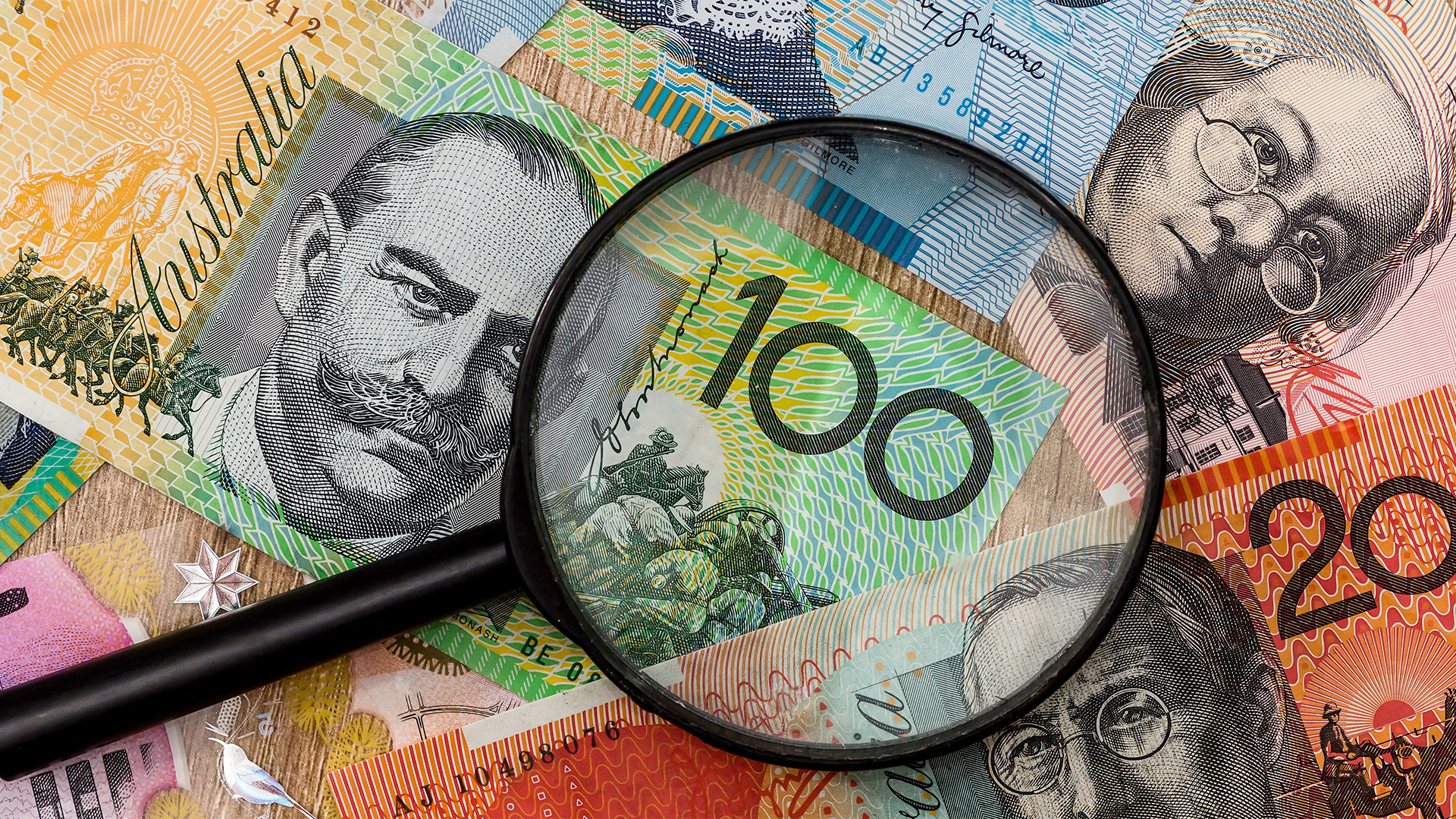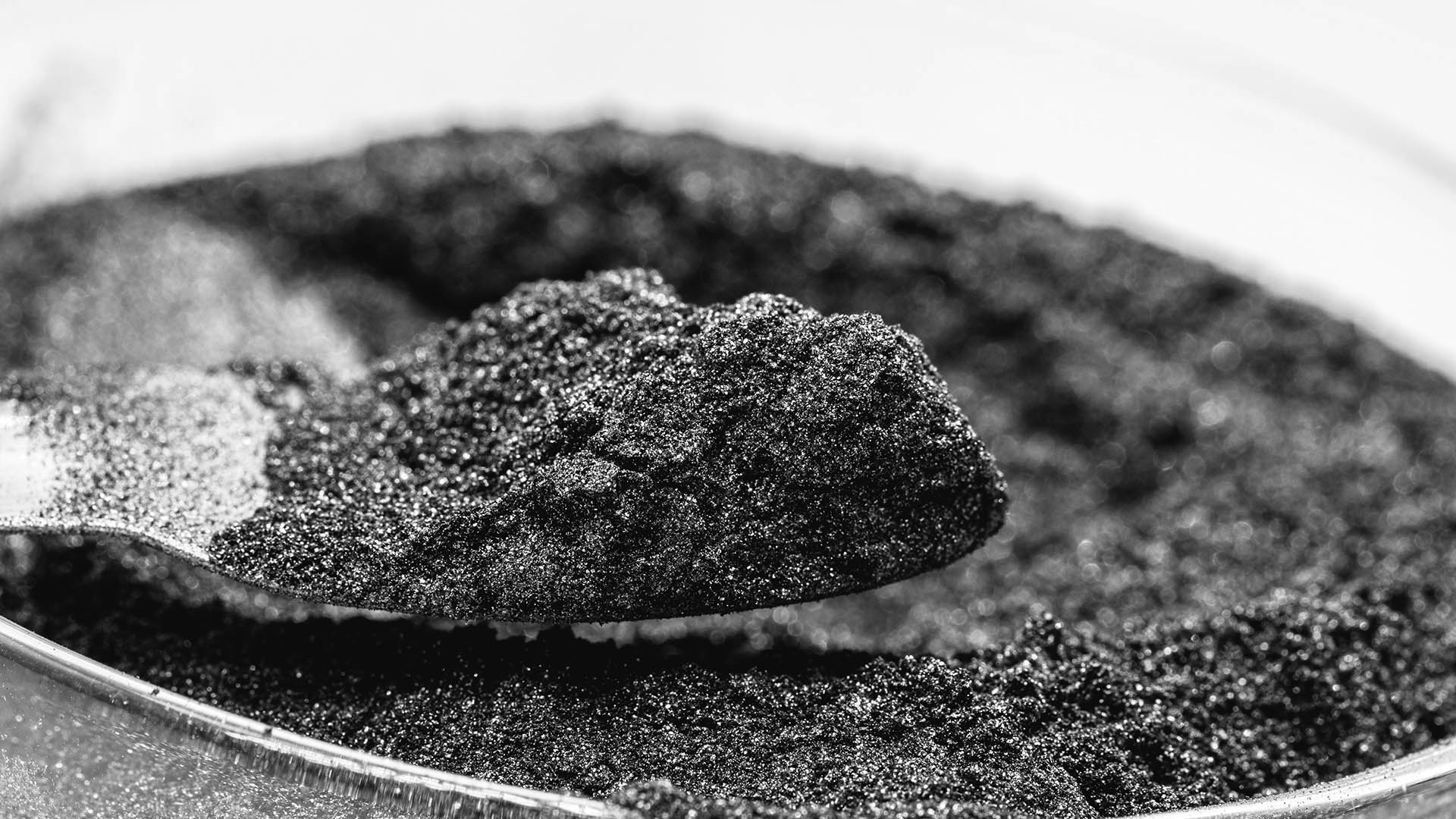Booming share prices for Australia’s big four banks – Commonwealth, NAB, ANZ, and Westpac – have saved investors from a miserable first half of 2024 and ensured the market performed better than inflation over the 2023-24 financial year, which ends next Sunday.
Markets, governments, and most businesses will close their books next Sunday, June 30, for the financial year, fourth (or second or first quarters, depending on their balance dates). It is the most important date each year.
As is now almost commonplace, a strong performance by the big four banks, with large double-digit gains, has helped the ASX avoid a sharp fall, especially over the financial year.
Up to Friday’s close, the ASX 200 was up 8% for the financial year so far – a third of the 25% gain in the S&P 500 in the same period.
Most of that 8% gain came in the six months to last December, thanks to the banks, as well as big miners like BHP and energy groups and consumer stocks, which hadn’t been severely hit yet by the slowdown in spending.
The four big banks had a boomer of a financial year. Many analysts and ‘experts' claimed the banks would not perform and would be crunched by bad debts, high-interest rates, and falling incomes, all of which have appeared in their latest accounts. Yet, the quartet has continued to be sought by investors.
For the year so far, CBA shares are up around 27%, BHP shares are down around 5%. NAB shares have been the real star with a surge of more than 38% in the past year. Westpac shares have also done better than the CBA with a gain so far of around 29%, while the ANZ has ‘lagged' with a gain of around 24%.
Those big gains were shared over the year. The current six months (from January) has seen the CBA rack up a gain of 12.4%, ANZ 11.3%, Westpac 18%, and NAB with a 17.3% rise.
Without those gains, the ASX 200 would have gone backward at an alarming rate in the January-June period of this year. The rise to last Friday was just 2.7%.
An absence of IPOs and floats hasn’t helped, nor has the weakness in iron ore prices since January. At Friday’s close, iron ore in Singapore is up $US10 a tonne from the start of the year, which helps explain the weakness for BHP, Fortescue, and Rio Tinto.
Gold prices leapt to record highs, as did copper, which faded just as quickly. Oil prices have remained high this half after sliding in 2023. Lithium remains depressed with lots of red ink and headaches in balance sheets, ditto nickel.
A report this week will show super funds enjoyed a solid financial year, especially those exposed to big techs on Wall Street or some parts of Europe. However, those markets have soured badly with the rapid rise of extreme right political parties, especially in France and Germany. The weak Aussie dollar will make offshore investments perform a lot better than they have.
Friday saw the ASX 200 Index end up 26.6 points, or 0.3%, to 7,796.0, taking the index up 0.93% for the week, which helped push the index into the green for the latest quarter with a gain to date of around 0.3% (which could easily vanish if this week is weak offshore).
Commonwealth Bank shares added 2.1% last week, despite a sharp 2% jump Friday and then an equally rapid slide for a loss of 0.05% for the day. Its market value of nearly $214 billion is close to BHP’s $217 billion. BHP shares edged up Friday but still lost 0.6% over the week.
Shares of KMD Brands – owner of Kathmandu, Rip Curl, and footwear brand Oboz – tumbled 7.7% on Friday after the company warned its sales growth earlier this year had stopped, and it was looking at a huge drop in earnings for the year to June 31, which could be more than $100 million.
Mosaic Group, which operates budget clothing brands Noni B, Millers, Katies, and Rivers, also saw its shares crunched – down by as much as 20% at one stage Friday after the company said it expects to post a marginal loss for the 2023-2024 financial year. The shares ended the session down 12%.
Shares in Mexican fast-food chain Guzman y Gomez shed 3.3% on Friday as investors took profits after the stock soared more than 30% on its first day as a listed stock.
So, the Australian market will be looking at a weak start to the final week of the 2023-24 financial year today, with a 16-point dip on the futures platform Friday.
Many eyes this week will be looking at the way some stock prices edged higher or lower on Thursday and Friday as investors attempt to eke out the last ounce of performance from their portfolios.














